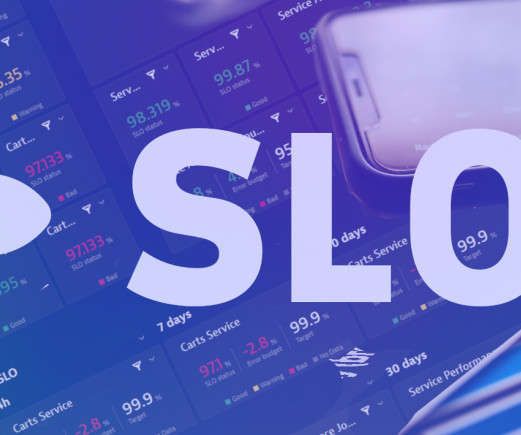Implementing service-level objectives to improve software quality
Dynatrace
DECEMBER 27, 2022
SLOs enable DevOps teams to predict problems before they occur and especially before they affect customer experience. In what follows, we explore some of these best practices and guidance for implementing service-level objectives in your monitored environment. Latency is the time that it takes a request to be served.











Let's personalize your content